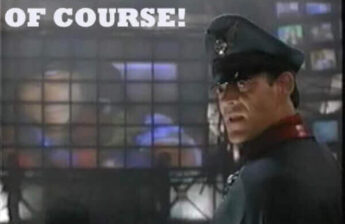B&W is a common abbreviation that is often used to represent the phrase “black and white.” This shorthand is commonly used in photography, graphic design, and other forms of visual media to describe images or designs that are only composed of black and white colors.
Black and white photography is a unique and timeless art form that has been around for over a century. It captures images in a way that is both minimalistic and dramatic, and it creates a sense of nostalgia for many people. In the early days of photography, black and white was the only option available, but as technology progressed, color film and digital cameras became more prevalent. However, many photographers still choose to shoot in black and white because of the unique look and feel it can provide.
In graphic design, black and white can be used to create a clean and modern aesthetic. It is often used in minimalist designs, and it can be a powerful tool to create contrast and visual interest. It can also be used to create a sense of elegance and sophistication, and it is often used in branding and corporate identity.
B&W can also be used to describe a movie, TV show, or other forms of video that are only shown in black and white. These types of productions were more common in the early days of film and television, and it was the only option available at that time. But, even today, many directors and filmmakers choose to film in black and white to create a certain mood or aesthetic.
In summary, B&W is an abbreviation that stands for “black and white” and is commonly used in photography, graphic design, and other forms of visual media to describe images or designs that are only composed of black and white colors. It is a timeless and versatile tool that can be used to create contrast, drama, nostalgia, and elegance. In film and TV it was more common in early days of the medium, but still used today to give a certain mood or aesthetic.






